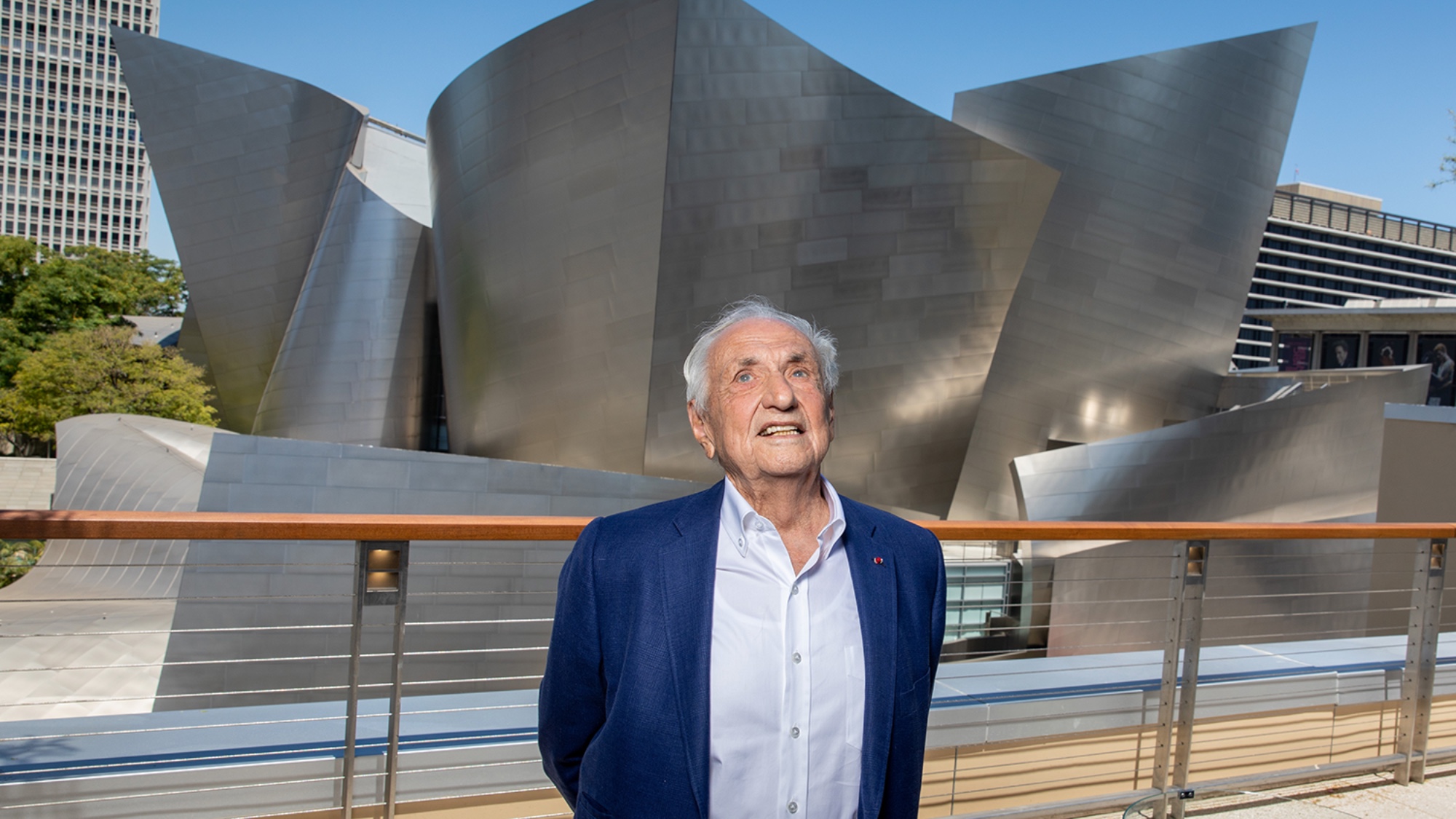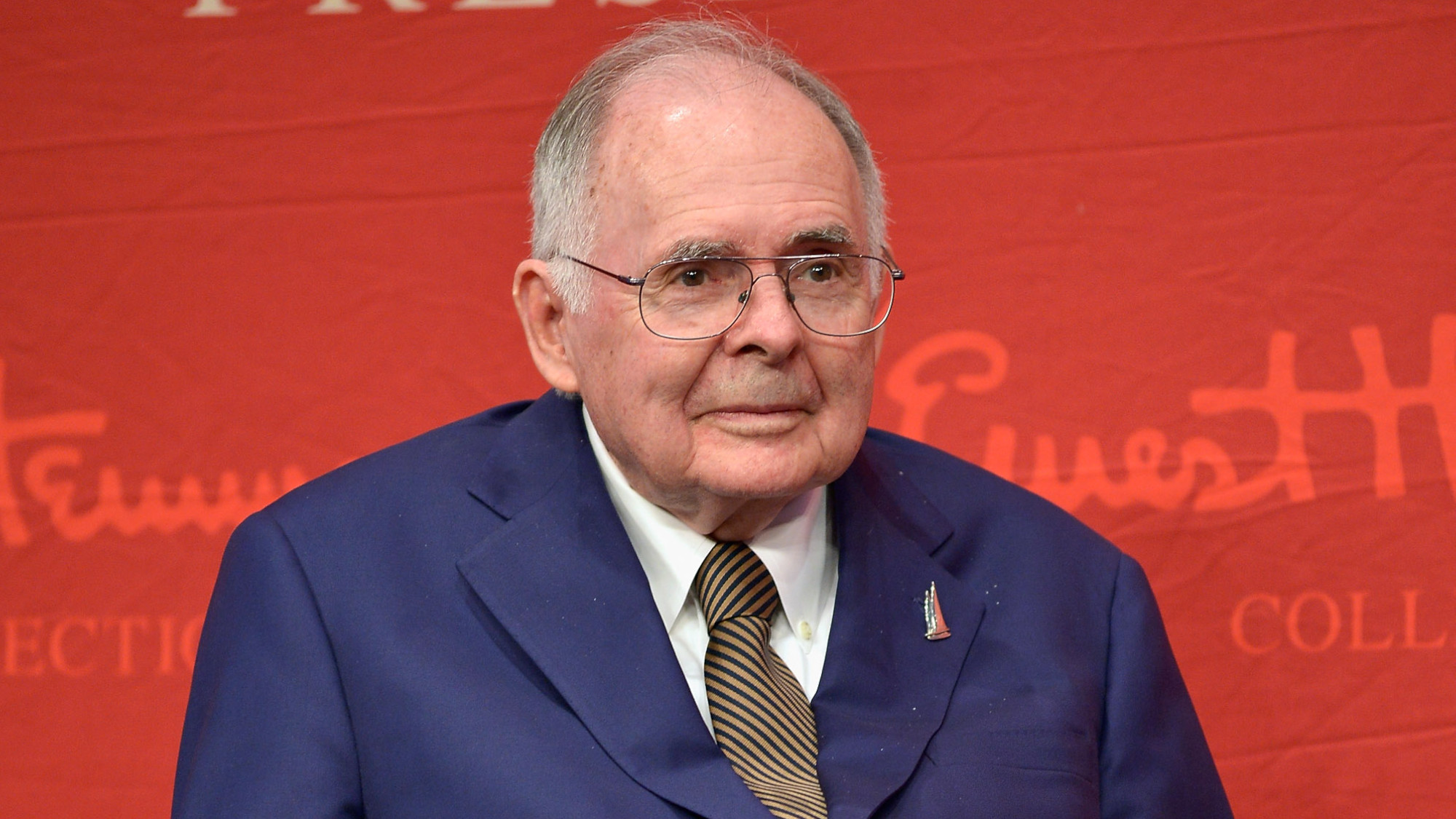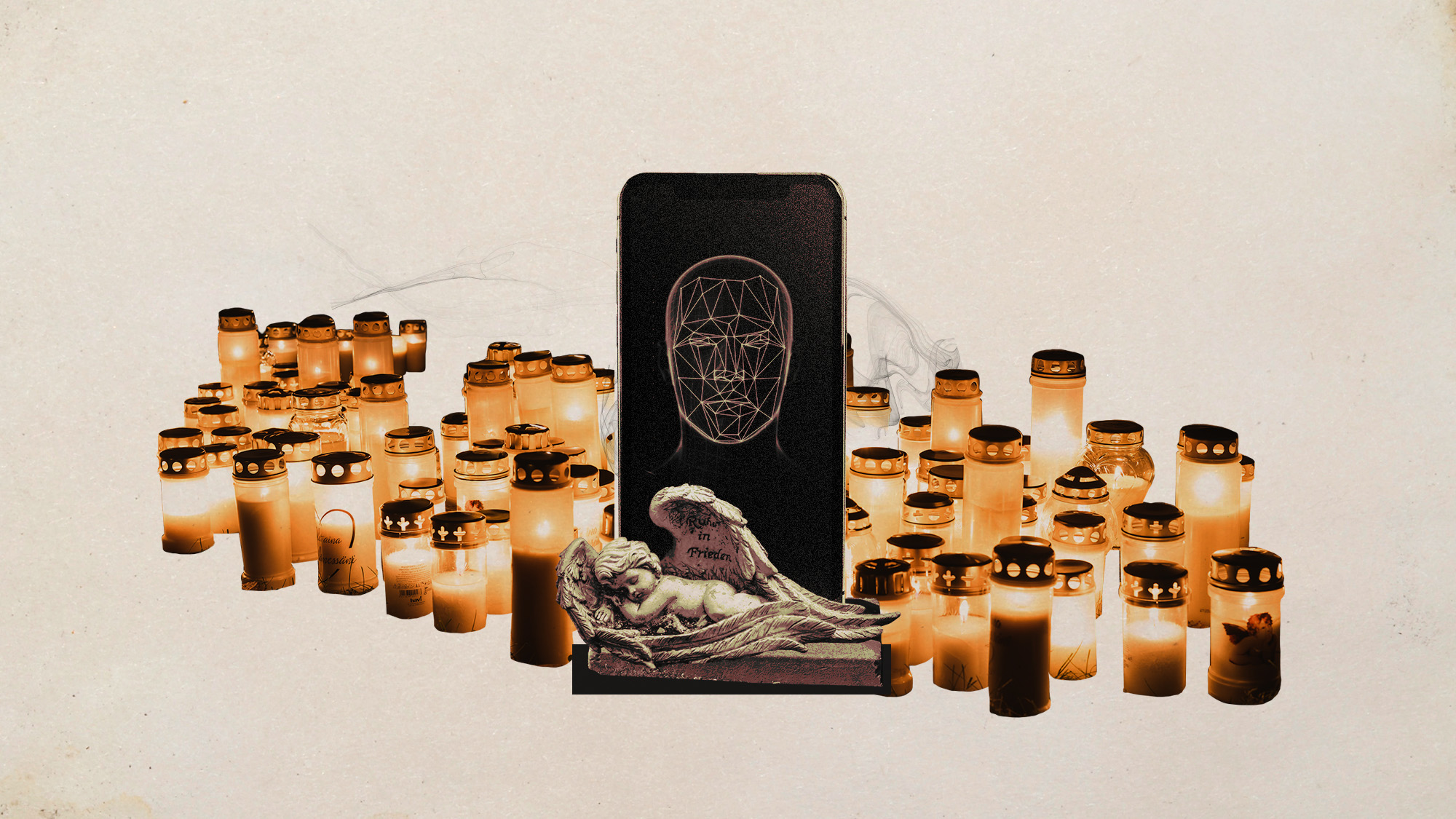Obituaries
Mildred Loving
The woman who helped legalize interracial marriage
Mildred Loving
1939–2008
The Week
Escape your echo chamber. Get the facts behind the news, plus analysis from multiple perspectives.

Sign up for The Week's Free Newsletters
From our morning news briefing to a weekly Good News Newsletter, get the best of The Week delivered directly to your inbox.
From our morning news briefing to a weekly Good News Newsletter, get the best of The Week delivered directly to your inbox.
At 2 a.m. on July 11, 1958, three policemen burst into the bedroom of Mildred and Richard Loving in Central Point, Va. One of them demanded, “Who is this woman you’re sleeping with?” Mildred Loving said, “I’m his wife.” Her husband, a bricklayer, pointed to their marriage certificate on the wall. “That’s no good here,” came the reply. Because Richard was white, and Mildred was part black and part Native American, their union was illegal in Virginia. They challenged the law as unconstitutional, though, and nine years later, the U.S. Supreme Court agreed.
The Lovings hadn’t intended to make headlines, said the Los Angeles Times. They had been married in Washington, D.C., five weeks before they were arrested, after Mildred discovered she was pregnant. “We were just happy to be together,” she said. The judge was unsympathetic, though he promised not to imprison them if they left Virginia for 25 years. “The Lovings spent several unhappy years in a cramped apartment in Washington.” In 1964, Mildred Loving wrote to Attorney General Robert Kennedy, “asking if the just-passed Civil Rights Act would help them return home.”
In a personal reply, Kennedy said no, but he urged the couple to challenge the Virginia law, said the Richmond, Va., Times Dispatch. The American Civil Liberties Union agreed to represent the Lovings, who “watched their case move through the legal strata of the Virginia court system, earning one defeat after another.” But on June 12, 1967, in a unanimous decision, Chief Justice Earl Warren declared, “Under our Constitution, the freedom to marry, or not to marry, a person of another race resides with the individual and cannot be infringed by the state.” The Lovings experienced a brief flurry of publicity: “Somebody burned a cross on their lawn. Life magazine visited and published a four-page photo spread. But the spotlight soon faded.”
Richard Loving was killed in an auto accident in 1975 and Mildred continued to live in their small, white cinderblock home, a mile and a half from where she’d been arrested. She rarely gave interviews and never considered herself a racial pioneer. “It was thrown in my lap,” she said of her ordeal. “What choice did I have?”
A free daily email with the biggest news stories of the day – and the best features from TheWeek.com
-
 Frank Gehry: the architect who made buildings flow like water
Frank Gehry: the architect who made buildings flow like waterFeature The revered building master died at the age of 96
-
 R&B singer D’Angelo
R&B singer D’AngeloFeature A reclusive visionary who transformed the genre
-
 Kiss guitarist Ace Frehley
Kiss guitarist Ace FrehleyFeature The rocker who shot fireworks from his guitar
-
 Robert Redford: the Hollywood icon who founded the Sundance Film Festival
Robert Redford: the Hollywood icon who founded the Sundance Film FestivalFeature Redford’s most lasting influence may have been as the man who ‘invigorated American independent cinema’ through Sundance
-
 Patrick Hemingway: The Hemingway son who tended to his father’s legacy
Patrick Hemingway: The Hemingway son who tended to his father’s legacyFeature He was comfortable in the shadow of his famous father, Ernest Hemingway
-
 Giorgio Armani obituary: designer revolutionised the business of fashion
Giorgio Armani obituary: designer revolutionised the business of fashionIn the Spotlight ‘King Giorgio’ came from humble beginnings to become a titan of the fashion industry and redefine 20th-century clothing
-
 Ozzy Osbourne obituary: heavy metal wildman and lovable reality TV dad
Ozzy Osbourne obituary: heavy metal wildman and lovable reality TV dadIn the Spotlight For Osbourne, metal was 'not the music of hell but rather the music of Earth, not a fantasy but a survival guide'
-
 Brian Wilson: the troubled genius who powered the Beach Boys
Brian Wilson: the troubled genius who powered the Beach BoysFeature The musical giant passed away at 82


